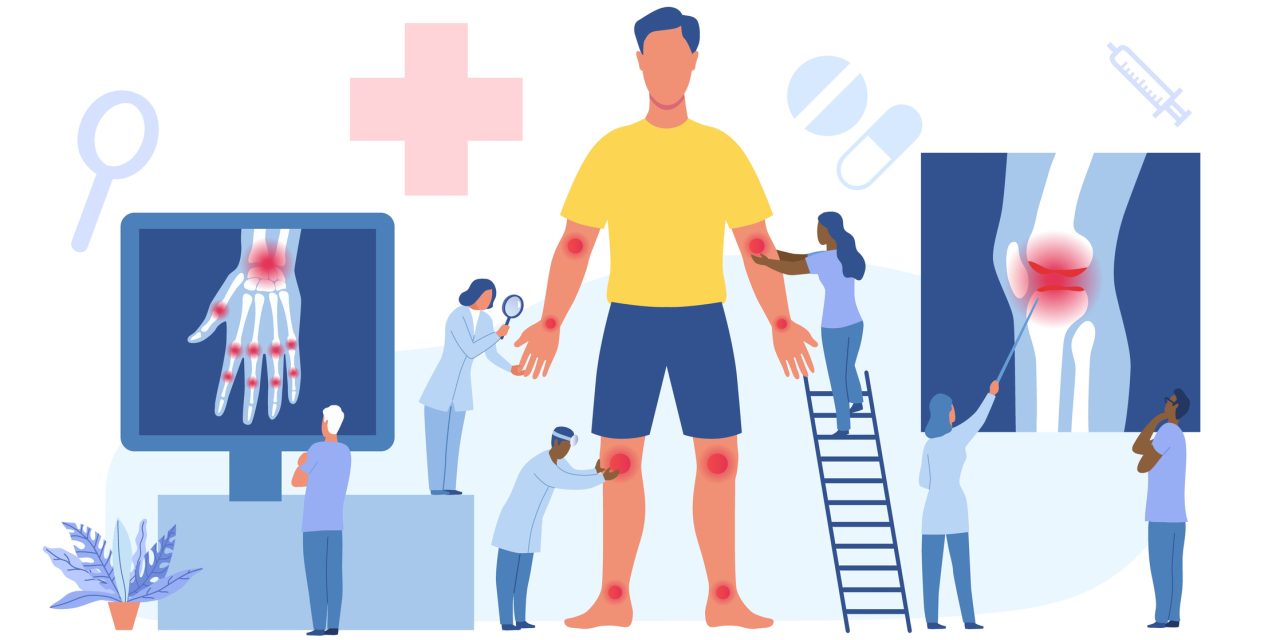Retrospective cross-sectional study.
The aim of this study was to examine whether there are racial and ethnic disparities in opioid use for back pain treatment. In addition, we examine whether physical therapy reduces opioid use.
Back pain is a common health problem that affects most adults in their lifetime. Opioid and physical therapy are commonly used to treat back pain. While evidence indicates that there are substantial disparities in the receipt of opioids by race and ethnicity in opioid use in the United States, it remains unclear whether these disparities in opioid use exist in the treatment of back pain.
Cross-sectional analysis of the 2010-2012 Medical Expenditures Panel Survey and logistic regression of a sample of about 4,000 adults with back pain.
Logistic regression models showed statistically significant differences in opioids receipt by race among adult patients with back pain. Compared to White patients, Asian and Hispanic patients are less likely to be prescribed opioids. On the other hand, Black patients and patients of other race are more likely to receive an opioid prescription to treat their back pain even after accounting for socioeconomic status, health insurance status, and general health status. Additionally, patients who receive physical therapy treatment are less likely to be prescribed opioids.
These findings suggest that there are racial disparities in the use of opioids and physical therapy may reduce opioid prescription use to treat back pain. These disparities may be contributing to disparities in back pain recovery and long-term health disparities in general.
2.
Racial and Ethnic Disparities in Opioid Use among US adults with Back Pain.


